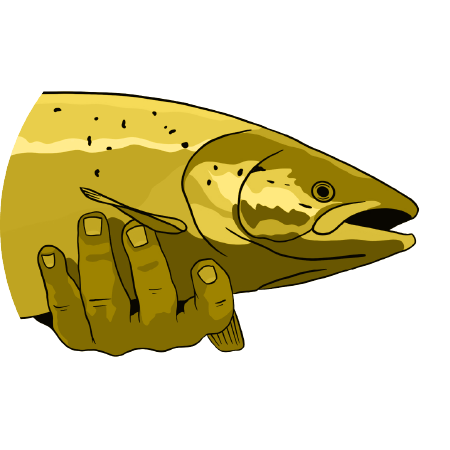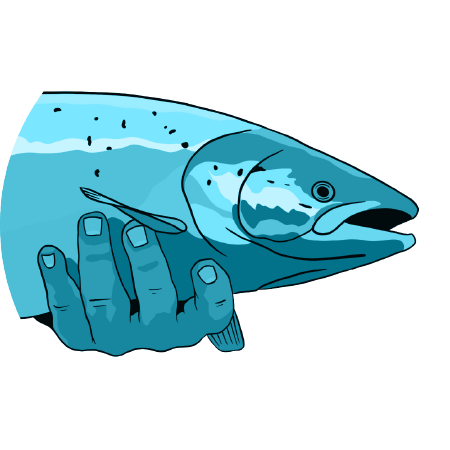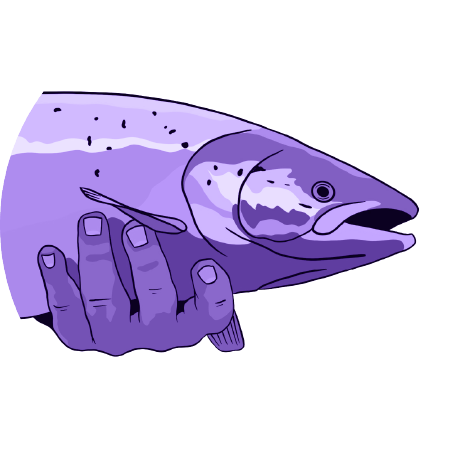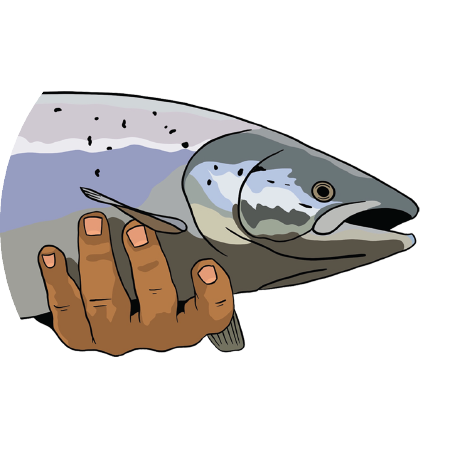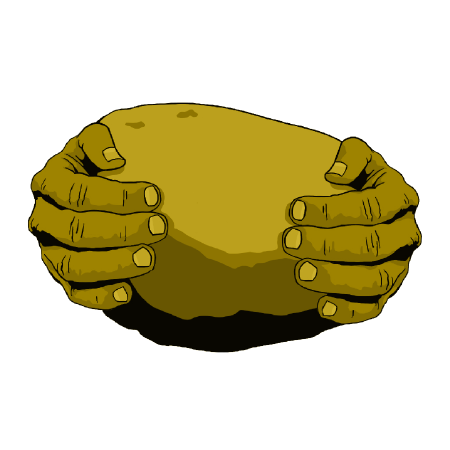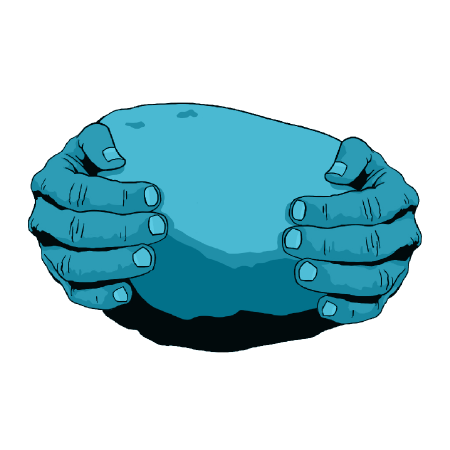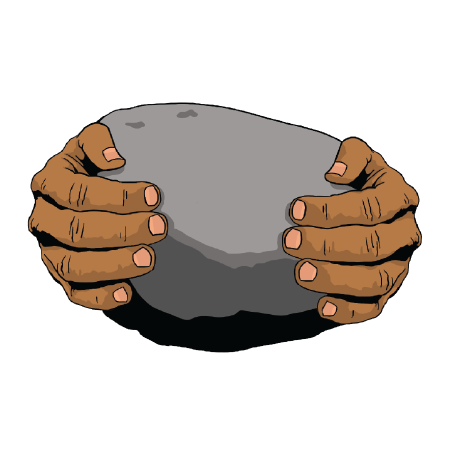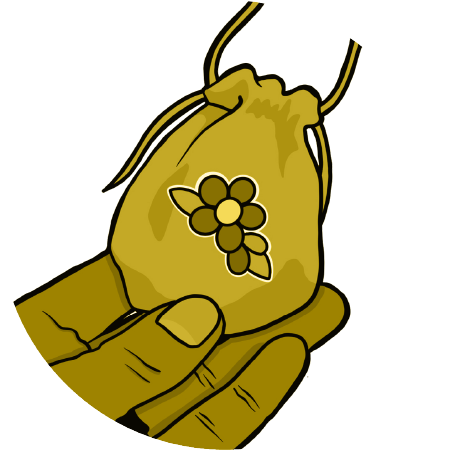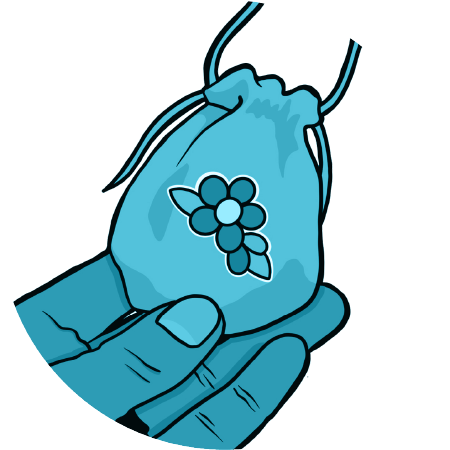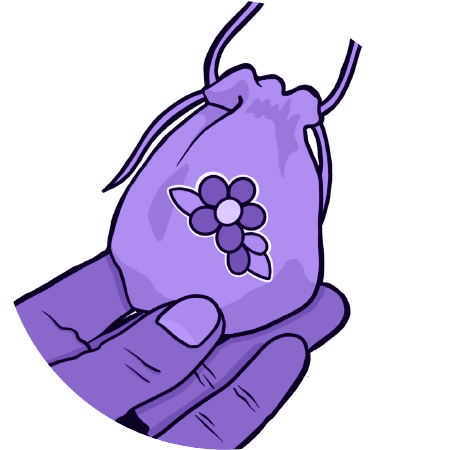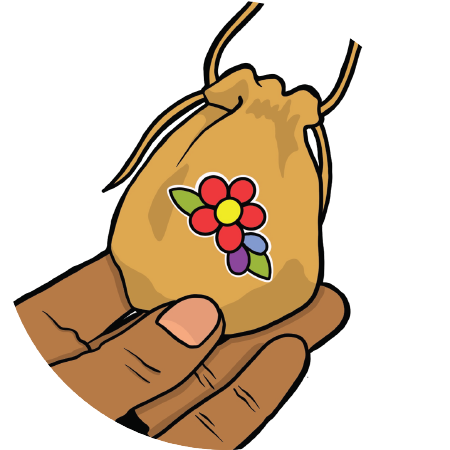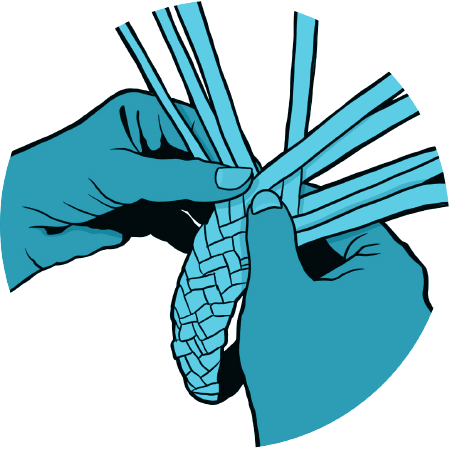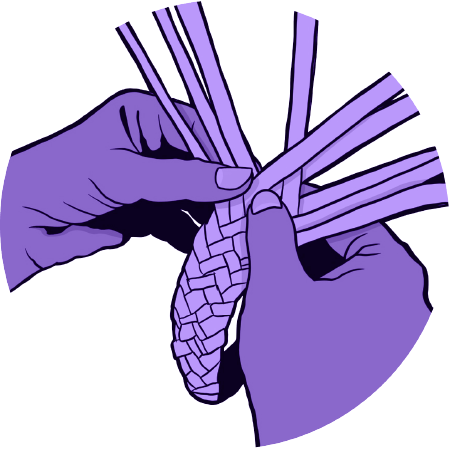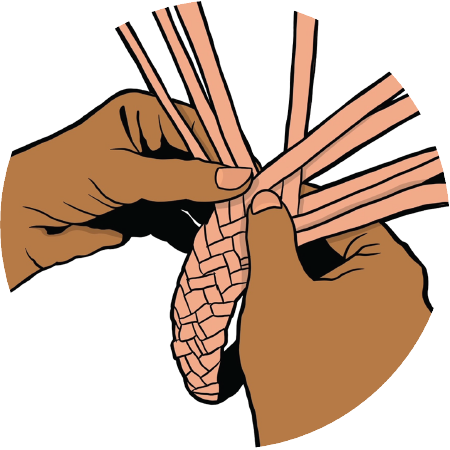All actions at a glance
How to use this page
This page displays all 89 actions found in the Declaration Act Action Plan, at a glance. Use the icons and legend to understand the status of each action item. For detailed reporting on each item, please visit the specific theme’s page.
Theme 1: Self-Determination and Inherent Right of Self-Government
Indigenous Peoples exercise and have full enjoyment of their rights to self-determination and self-government, including developing, maintaining and implementing their own institutions, laws, governing bodies, and political, economic and social structures related to Indigenous communities.
The following information are headings used as visual labels for the information in rows below. There are seven labels associated with the seven columns in each row. The fist column is ‘Action’ – which is given as a number and if there is more detailed information provided this number will link to the details page for the specific action. The second is ‘Year’ – in which the associated action was started. And the third is ‘Description’ which contains the summary of the action and the associated B.C. government ministry or ministries. The last four columns are for the status of the action and are shown visually in the rows as icons but have their related status labeled for assistive technologies.
Action
Description
How far along is this work?
How complicated is this work?
Are there challenges?
How are we working together?
-
Description
How far along
is this work?How complicated
is this work?Are there
challenges?How are we
working together? -
Description
How far along
is this work?How complicated
is this work?Are there
challenges?How are we
working together? -
Description
How far along
is this work?How complicated
is this work?Are there
challenges?How are we
working together? -
Year
Ministry
Ministry of Finance; Ministry of Indigenous Relations and Reconciliation
Description
How far along
is this work?How complicated
is this work?Are there
challenges?How are we
working together? -
Year
Ministry
Ministry of Finance; Ministry of Indigenous Relations and Reconciliation
Description
How far along
is this work?How complicated
is this work?Are there
challenges?How are we
working together? -
Description
How far along
is this work?How complicated
is this work?Are there
challenges?How are we
working together? -
Description
How far along
is this work?How complicated
is this work?Are there
challenges?How are we
working together? -
Description
How far along
is this work?How complicated
is this work?Are there
challenges?How are we
working together? -
Description
How far along
is this work?How complicated
is this work?Are there
challenges?How are we
working together? -
Description
How far along
is this work?How complicated
is this work?Are there
challenges?How are we
working together? -
Description
How far along
is this work?How complicated
is this work?Are there
challenges?How are we
working together?
Theme 2: Title and Rights of Indigenous Peoples
Indigenous Peoples exercise and have full enjoyment of their inherent rights, including the rights of First Nations to own, use, develop and control lands and resources within their territories in B.C.
Action
Description
How far along is this work?
How complicated is this work?
Are there challenges?
How are we working together?
-
-
-
-
2.04
2.04
Ministry of Indigenous Relations and Reconciliation; Ministry of Water, Land and Resource Stewardship
-
-
2.06
2.06
Ministry of Water, Land and Resource Stewardship; Ministry of Indigenous Relations and Reconciliation; Ministry of Environment and Parks; Ministry of Forests; Ministry of Energy and Climate Solutions; BC Energy Regulator
-
-
-
-
-
-
-
-
-
Description
How far along
is this work?How complicated
is this work?Are there
challenges?How are we
working together? -
Description
How far along
is this work?How complicated
is this work?Are there
challenges?How are we
working together? -
Description
How far along
is this work?How complicated
is this work?Are there
challenges?How are we
working together? -
Year
Ministry
Ministry of Indigenous Relations and Reconciliation; Ministry of Water, Land and Resource Stewardship
Description
How far along
is this work?How complicated
is this work?Are there
challenges?How are we
working together? -
Description
How far along
is this work?How complicated
is this work?Are there
challenges?How are we
working together? -
Year
Ministry
Ministry of Water, Land and Resource Stewardship; Ministry of Indigenous Relations and Reconciliation; Ministry of Environment and Parks; Ministry of Forests; Ministry of Energy and Climate Solutions; BC Energy Regulator
Description
How far along
is this work?How complicated
is this work?Are there
challenges?How are we
working together? -
Description
How far along
is this work?How complicated
is this work?Are there
challenges?How are we
working together? -
Description
How far along
is this work?How complicated
is this work?Are there
challenges?How are we
working together? -
Description
How far along
is this work?How complicated
is this work?Are there
challenges?How are we
working together? -
Description
How far along
is this work?How complicated
is this work?Are there
challenges?How are we
working together? -
Year
Ministry
Ministry of Forests; Ministry of Emergency Management and Climate Readiness
Description
How far along
is this work?How complicated
is this work?Are there
challenges?How are we
working together? -
Description
How far along
is this work?How complicated
is this work?Are there
challenges?How are we
working together? -
Description
How far along
is this work?How complicated
is this work?Are there
challenges?How are we
working together? -
Description
How far along
is this work?How complicated
is this work?Are there
challenges?How are we
working together?
Theme 3: Ending Indigenous-Specific Racism and Discrimination
Indigenous Peoples fully express and exercise their distinct rights, and enjoy living in B.C. without interpersonal, systemic and institutional interference, oppression or other inequities associated with Indigenous-specific racism and discrimination, wherever they reside.
Action
Description
How far along is this work?
How complicated is this work?
Are there challenges?
How are we working together?
-
3.01
3.01
BC Public Service Agency; Ministry of Finance – Crown Agencies and Board Resourcing Office
-
-
3.03
3.03
Ministry of Education and Child Care; Ministry of Post-Secondary Education and Future Skills
-
-
-
-
-
3.08
3.08
Ministry of Public Safety and Solicitor General, Ministry of Attorney General, Ministry of Finance – Gender Equity Office
-
-
-
3.11
3.11
Ministry of Public Safety and Solicitor General; Ministry of Attorney General; Ministry of Health
-
-
-
-
-
Year
Ministry
BC Public Service Agency; Ministry of Finance – Crown Agencies and Board Resourcing Office
Description
How far along
is this work?How complicated
is this work?Are there
challenges?How are we
working together? -
Description
How far along
is this work?How complicated
is this work?Are there
challenges?How are we
working together? -
Year
Ministry
Ministry of Education and Child Care; Ministry of Post-Secondary Education and Future Skills
Description
How far along
is this work?How complicated
is this work?Are there
challenges?How are we
working together? -
Description
How far along
is this work?How complicated
is this work?Are there
challenges?How are we
working together? -
Description
How far along
is this work?How complicated
is this work?Are there
challenges?How are we
working together? -
Description
How far along
is this work?How complicated
is this work?Are there
challenges?How are we
working together? -
Description
How far along
is this work?How complicated
is this work?Are there
challenges?How are we
working together? -
Year
Ministry
Ministry of Public Safety and Solicitor General, Ministry of Attorney General, Ministry of Finance – Gender Equity Office
Description
How far along
is this work?How complicated
is this work?Are there
challenges?How are we
working together? -
Description
How far along
is this work?How complicated
is this work?Are there
challenges?How are we
working together? -
Year
Ministry
Ministry of Attorney General, Ministry of Public Safety and Solicitor General
Description
How far along
is this work?How complicated
is this work?Are there
challenges?How are we
working together? -
Year
Ministry
Ministry of Public Safety and Solicitor General; Ministry of Attorney General; Ministry of Health
Description
How far along
is this work?How complicated
is this work?Are there
challenges?How are we
working together? -
Year
Ministry
Ministry of Attorney General; Ministry of Public Safety and Solicitor General
Description
How far along
is this work?How complicated
is this work?Are there
challenges?How are we
working together? -
Year
Ministry
Ministry of Attorney General; Ministry of Public Safety and Solicitor General
Description
How far along
is this work?How complicated
is this work?Are there
challenges?How are we
working together? -
Description
How far along
is this work?How complicated
is this work?Are there
challenges?How are we
working together? -
Description
How far along
is this work?How complicated
is this work?Are there
challenges?How are we
working together?
Theme 4: Social, Cultural and Economic Well-Being
Indigenous Peoples in B.C. fully enjoy and exercise their distinct rights to maintain, control, develop, protect and transmit their cultural heritage, traditional knowledge, languages, food systems, sciences and technologies.
Action
Description
How far along is this work?
How complicated is this work?
Are there challenges?
How are we working together?
-
-
4.02
4.02
Ministry of Education and Child Care; Ministry of Post-Secondary Education and Future Skills
-
-
-
-
-
-
-
-
-
-
4.12
4.12
Ministry of Health; Ministry of Attorney General; Ministry of Public Safety and Solicitor General
-
-
-
-
-
-
4.18
4.18
Ministry of Education and Child Care; Ministry of Children and Family Development; Ministry of Post-Secondary Education and Future Skills
-
-
-
4.21
4.21
Ministry of Indigenous Relations and Reconciliation; Ministry of Social Development and Poverty Reduction
-
-
-
-
4.25
4.25
Ministry of Housing and Municipal Affairs; Ministry of Indigenous Relations and Reconciliation
-
-
-
-
4.29
4.29
Ministry of Indigenous Relations and Reconciliation, Ministry of Education and Child Care, Ministry of Post-Secondary Education and Future Skills
-
4.30
4.30
Ministry of Indigenous Relations and Reconciliation; Ministry of Post-Secondary Education and Future Skills
-
-
-
-
-
-
-
-
-
-
-
4.41
4.41
Ministry of Post-Secondary Education and Future Skills; Ministry of Social Development and Poverty Reduction
-
4.42
4.42
Jobs, Economic Development and Innovation, Ministry of Indigenous Relations and Reconciliation
-
-
-
-
-
-
-
-
Description
How far along
is this work?How complicated
is this work?Are there
challenges?How are we
working together? -
Year
Ministry
Ministry of Education and Child Care; Ministry of Post-Secondary Education and Future Skills
Description
How far along
is this work?How complicated
is this work?Are there
challenges?How are we
working together? -
Description
How far along
is this work?How complicated
is this work?Are there
challenges?How are we
working together? -
Description
How far along
is this work?How complicated
is this work?Are there
challenges?How are we
working together? -
Description
How far along
is this work?How complicated
is this work?Are there
challenges?How are we
working together? -
Description
How far along
is this work?How complicated
is this work?Are there
challenges?How are we
working together? -
Description
How far along
is this work?How complicated
is this work?Are there
challenges?How are we
working together? -
Description
How far along
is this work?How complicated
is this work?Are there
challenges?How are we
working together? -
Description
How far along
is this work?How complicated
is this work?Are there
challenges?How are we
working together? -
Description
How far along
is this work?How complicated
is this work?Are there
challenges?How are we
working together? -
Description
How far along
is this work?How complicated
is this work?Are there
challenges?How are we
working together? -
Year
Ministry
Ministry of Health; Ministry of Attorney General; Ministry of Public Safety and Solicitor General
Description
How far along
is this work?How complicated
is this work?Are there
challenges?How are we
working together? -
Description
How far along
is this work?How complicated
is this work?Are there
challenges?How are we
working together? -
Description
How far along
is this work?How complicated
is this work?Are there
challenges?How are we
working together? -
Description
How far along
is this work?How complicated
is this work?Are there
challenges?How are we
working together? -
Description
How far along
is this work?How complicated
is this work?Are there
challenges?How are we
working together? -
Description
How far along
is this work?How complicated
is this work?Are there
challenges?How are we
working together? -
Year
Ministry
Ministry of Education and Child Care; Ministry of Children and Family Development; Ministry of Post-Secondary Education and Future Skills
Description
How far along
is this work?How complicated
is this work?Are there
challenges?How are we
working together? -
Description
How far along
is this work?How complicated
is this work?Are there
challenges?How are we
working together? -
Description
How far along
is this work?How complicated
is this work?Are there
challenges?How are we
working together? -
Year
Ministry
Ministry of Indigenous Relations and Reconciliation; Ministry of Social Development and Poverty Reduction
Description
How far along
is this work?How complicated
is this work?Are there
challenges?How are we
working together? -
Description
How far along
is this work?How complicated
is this work?Are there
challenges?How are we
working together? -
Description
How far along
is this work?How complicated
is this work?Are there
challenges?How are we
working together? -
Description
How far along
is this work?How complicated
is this work?Are there
challenges?How are we
working together? -
Year
Ministry
Ministry of Housing and Municipal Affairs; Ministry of Indigenous Relations and Reconciliation
Description
How far along
is this work?How complicated
is this work?Are there
challenges?How are we
working together? -
Description
How far along
is this work?How complicated
is this work?Are there
challenges?How are we
working together? -
Description
How far along
is this work?How complicated
is this work?Are there
challenges?How are we
working together? -
Description
How far along
is this work?How complicated
is this work?Are there
challenges?How are we
working together? -
Year
Ministry
Ministry of Indigenous Relations and Reconciliation, Ministry of Education and Child Care, Ministry of Post-Secondary Education and Future Skills
Description
How far along
is this work?How complicated
is this work?Are there
challenges?How are we
working together? -
Year
Ministry
Ministry of Indigenous Relations and Reconciliation; Ministry of Post-Secondary Education and Future Skills
Description
How far along
is this work?How complicated
is this work?Are there
challenges?How are we
working together? -
Description
How far along
is this work?How complicated
is this work?Are there
challenges?How are we
working together? -
Description
How far along
is this work?How complicated
is this work?Are there
challenges?How are we
working together? -
Description
How far along
is this work?How complicated
is this work?Are there
challenges?How are we
working together? -
Description
How far along
is this work?How complicated
is this work?Are there
challenges?How are we
working together? -
Description
How far along
is this work?How complicated
is this work?Are there
challenges?How are we
working together? -
Description
How far along
is this work?How complicated
is this work?Are there
challenges?How are we
working together? -
Description
How far along
is this work?How complicated
is this work?Are there
challenges?How are we
working together? -
Description
How far along
is this work?How complicated
is this work?Are there
challenges?How are we
working together? -
Description
How far along
is this work?How complicated
is this work?Are there
challenges?How are we
working together? -
Description
How far along
is this work?How complicated
is this work?Are there
challenges?How are we
working together? -
Year
Ministry
Ministry of Post-Secondary Education and Future Skills; Ministry of Social Development and Poverty Reduction
Description
How far along
is this work?How complicated
is this work?Are there
challenges?How are we
working together? -
Year
Ministry
Jobs, Economic Development and Innovation, Ministry of Indigenous Relations and Reconciliation
Description
How far along
is this work?How complicated
is this work?Are there
challenges?How are we
working together? -
Description
How far along
is this work?How complicated
is this work?Are there
challenges?How are we
working together? -
Description
How far along
is this work?How complicated
is this work?Are there
challenges?How are we
working together? -
Description
How far along
is this work?How complicated
is this work?Are there
challenges?How are we
working together? -
Description
How far along
is this work?How complicated
is this work?Are there
challenges?How are we
working together? -
Description
How far along
is this work?How complicated
is this work?Are there
challenges?How are we
working together? -
Description
How far along
is this work?How complicated
is this work?Are there
challenges?How are we
working together? -
Description
How far along
is this work?How complicated
is this work?Are there
challenges?How are we
working together?

